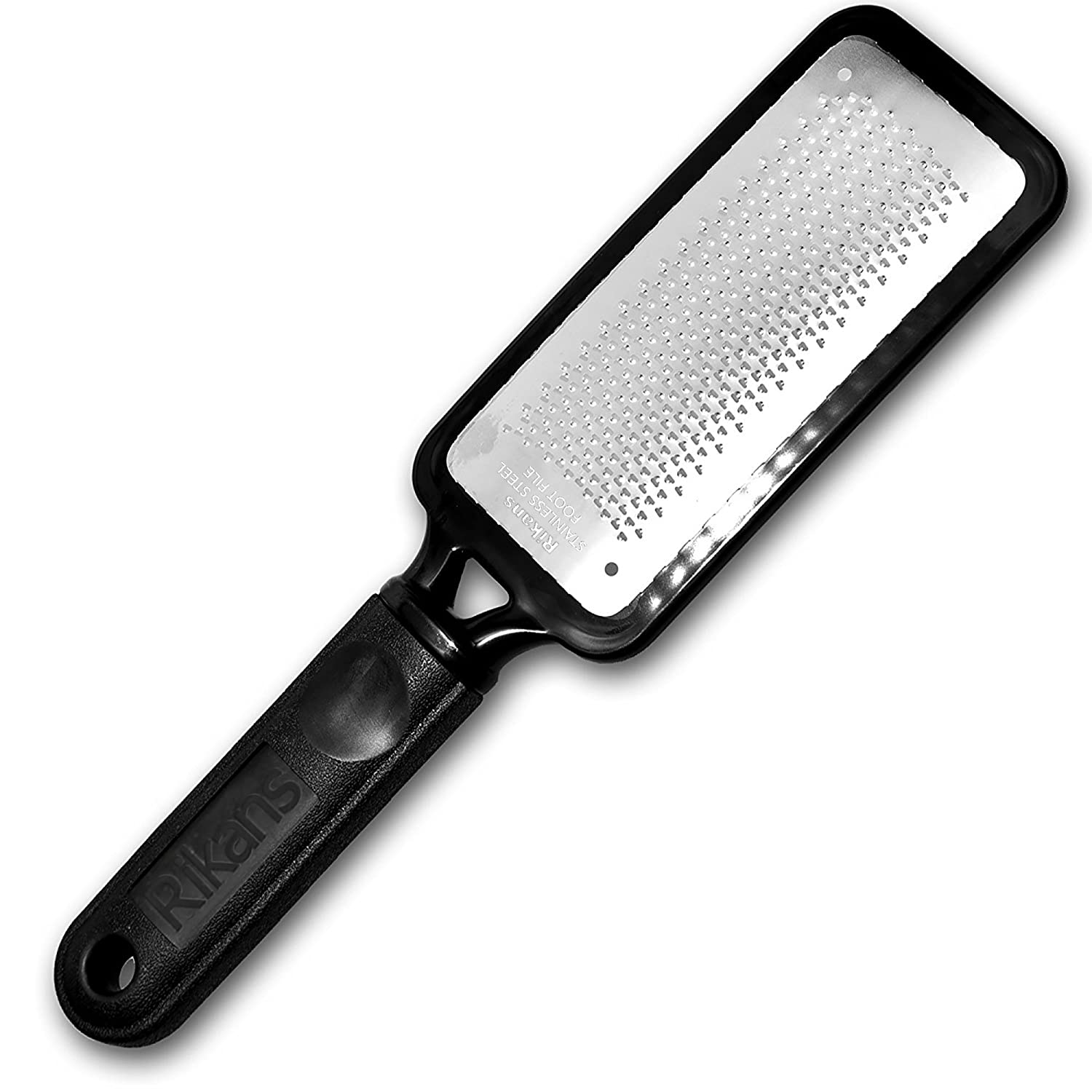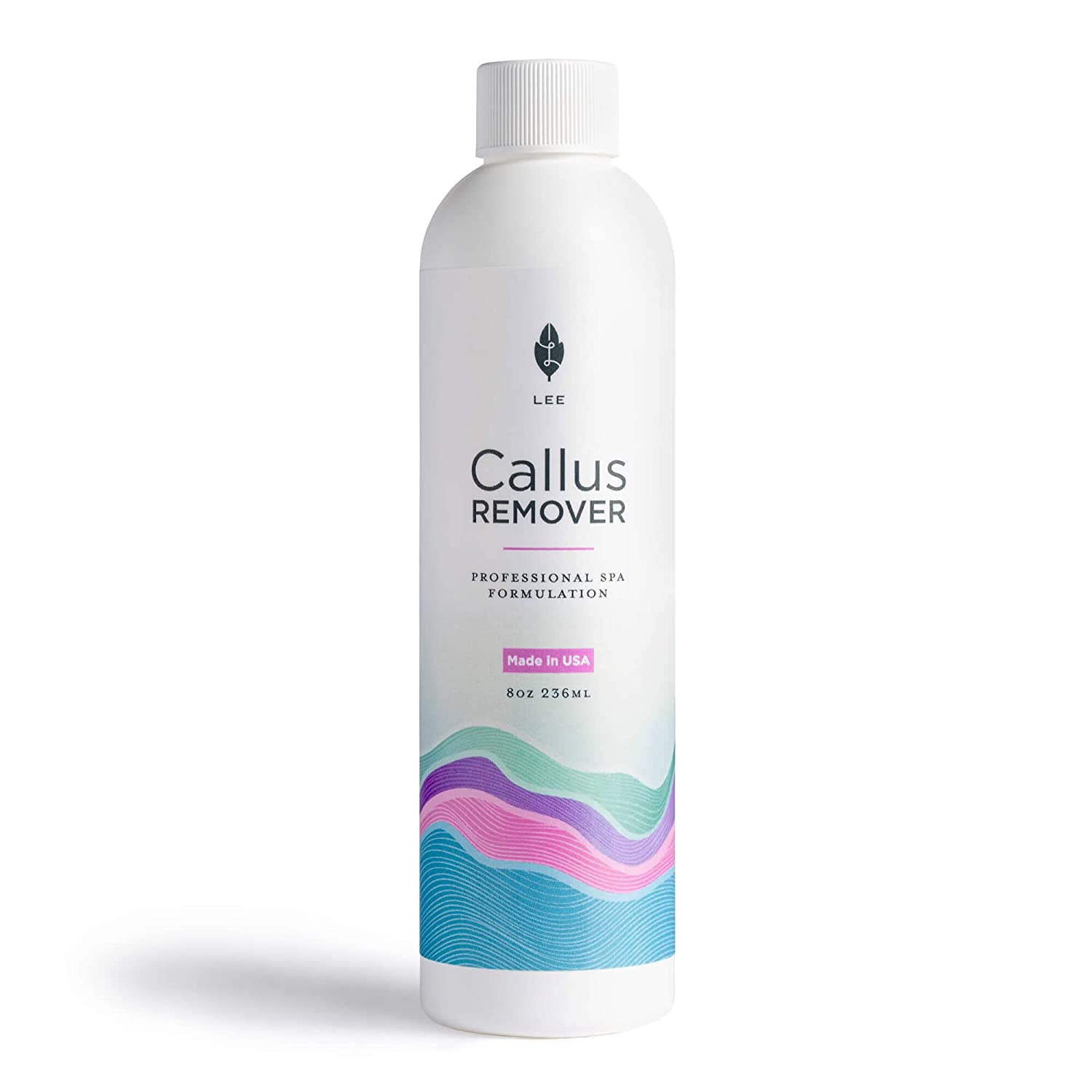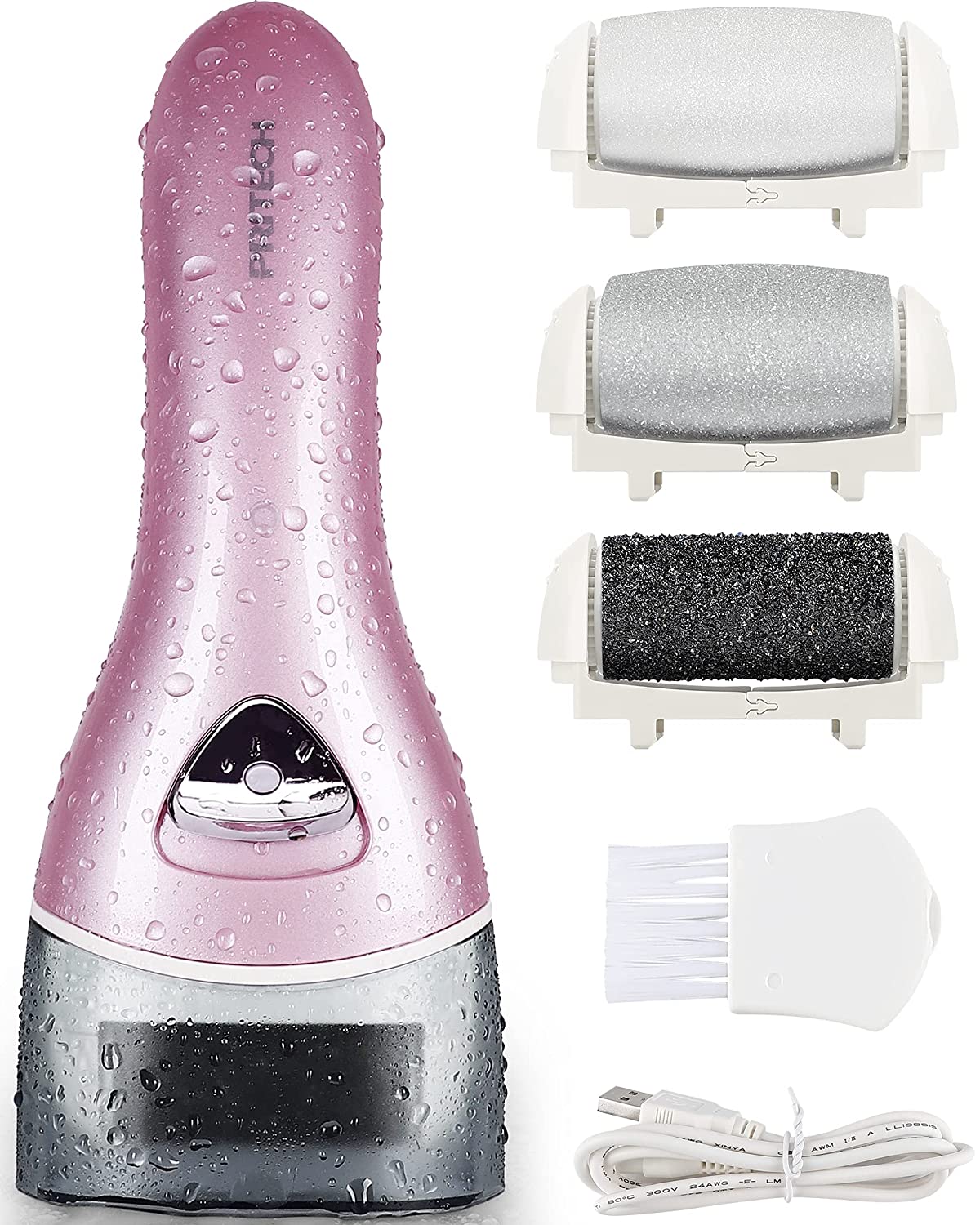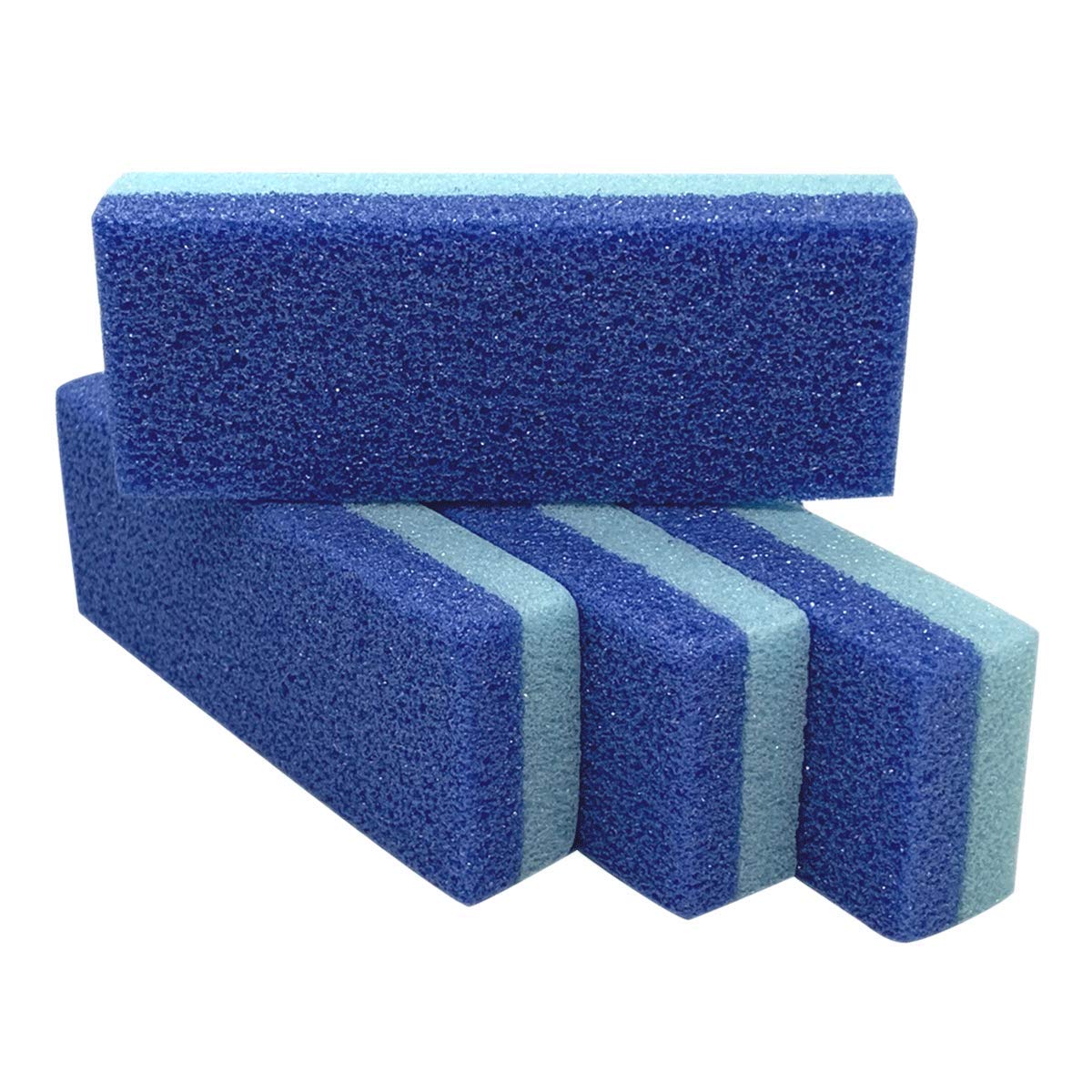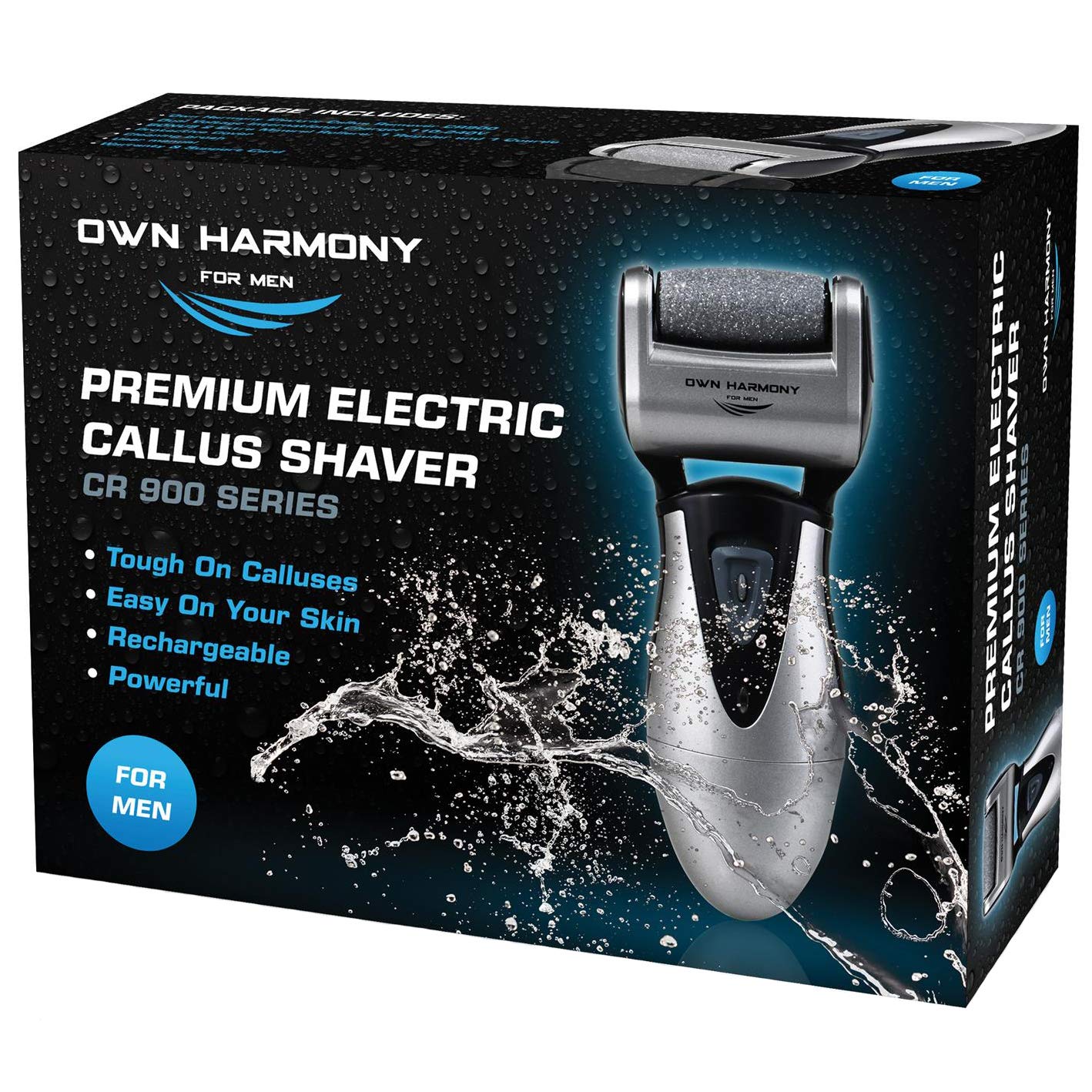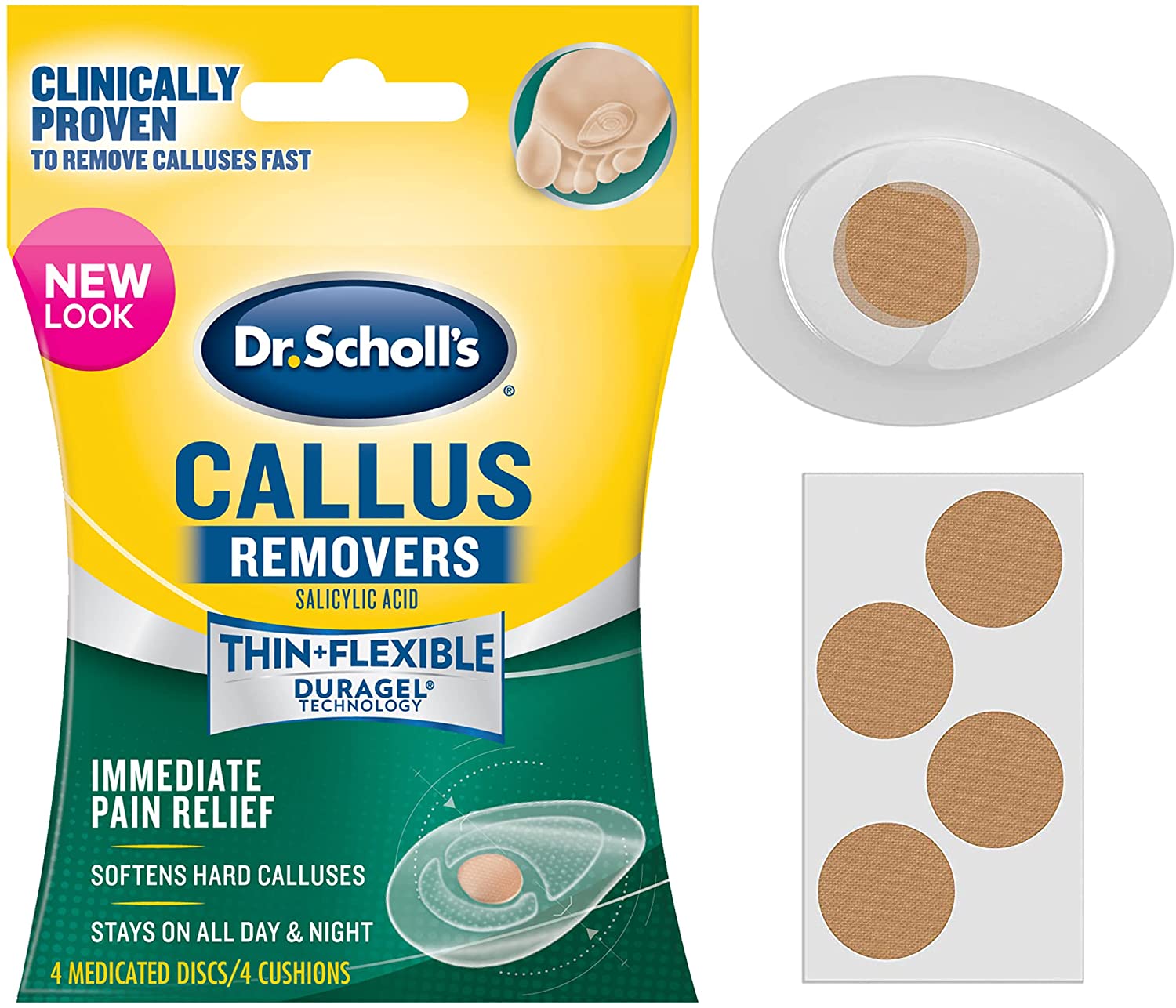Rikans Stainless Steel Foot Rasp Callus Remover
Last updated: June 29, 2022
Ensure an effective callus remover is always on hand with this large rasp foot file, which has a stainless steel surface, a handle and a lightweight build for ease of use. It comes with a storage bag and can be used on either dry or wet skin.
We looked at the top Callus Removers and dug through the reviews from some of the most popular review sites. Through this analysis, we've determined the best Callus Remover you should buy.
Product Details
Key Takeaway: Weighing only a few ounces, this tool comes with a handy storage case.
In our analysis, the Rikans Rikans Stainless Steel Foot Rasp Callus Remover placed 4th when we looked at the top 6 products in the category. For the full ranking, see below.
From The Manufacturer
Perfect solution for dry ,calloused and cracked heels which gives soft fancy feet with little effort. Large yet light weight design allows you to work with ease and gives quick amazing smoothness. Gives equally good results on both dry and wet foot surfaces that allows the user to work according to their own preference and satisfaction. For best results, use it gently and according to the manufacturers directions.
